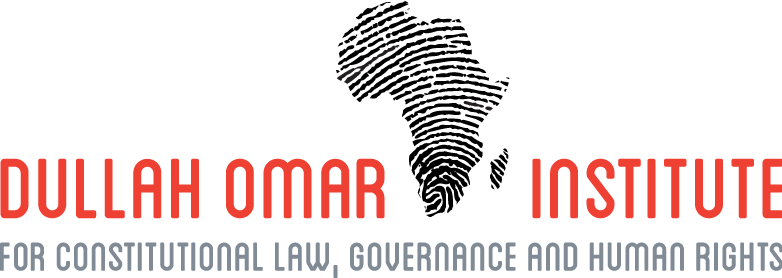Prof De Visser participates in urban planning and design online conversation
This discussion will consider how cities can use spatial planning as a means to social integration, and how legal and policy frameworks can make justice and inclusion integral to urban planning and the housing development process. It takes place on URB.im (http://urb.im/), the online community for just and inclusive cities and it is co-hosted by UN-HABITAT and the Ford Foundation. This discussion will run for 10 days, and it has started on Monday, March 3rd.
According to the organisers of this online initiative, urban planning and design tend to treat the city as a formal and legible space — one where questions of land use and infrastructure, investment and development, title and tenancy are decided de jure through laws and regulations while finding de facto expression in development projects, slum upgrading, and urban 'revitalisation'.
“Too often, however, this formal perspective fails to consider informal communities on their own terms and disregards the self-built housing and other structures created by their residents. How can existing institutional, legislative and financial mechanisms be applied or adapted to bring informal communities into the framework of urban planning and design — and do so in a way that recognises the legitimacy of those communities and builds on their dynamism, culture, and history?”
During the conversation Prof De Visser pointed out that the "informal city" is a concept that indeed eludes many, “particularly if one tries to make sense of it from a legal/institutional point of view. Take, for example the City of Cape Town's recent 'reblocking policy'. It is a policy that acknowledges that settlements spring up without the city having planned for it. “
He states that once a settlement has emerged (somewhere unplanned for), the City can, on the basis of this policy, enter that space and essentially de-densify the area. “The main aim is to make it possible for city services (basic utilities, disaster management etc.) to be made available to the community. Secondly, the City can start engaging the community with the aim of establishing some sort of informal tenure system.”

